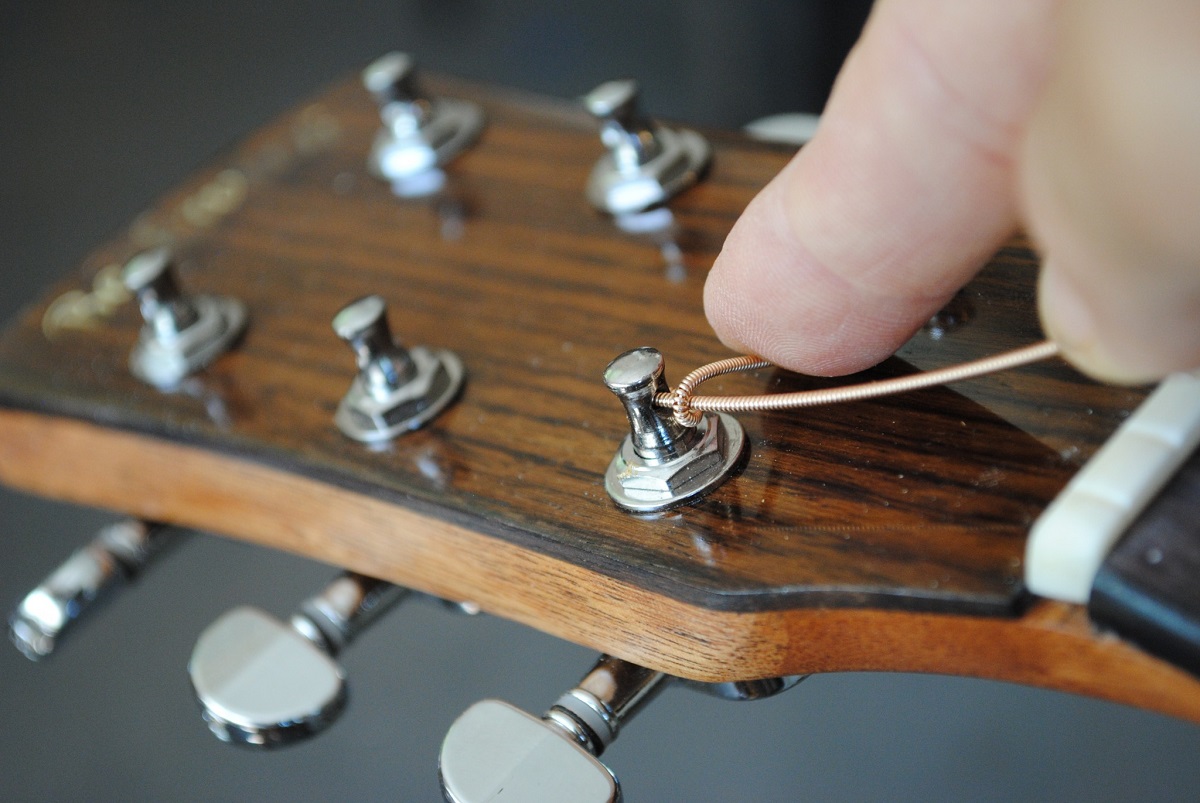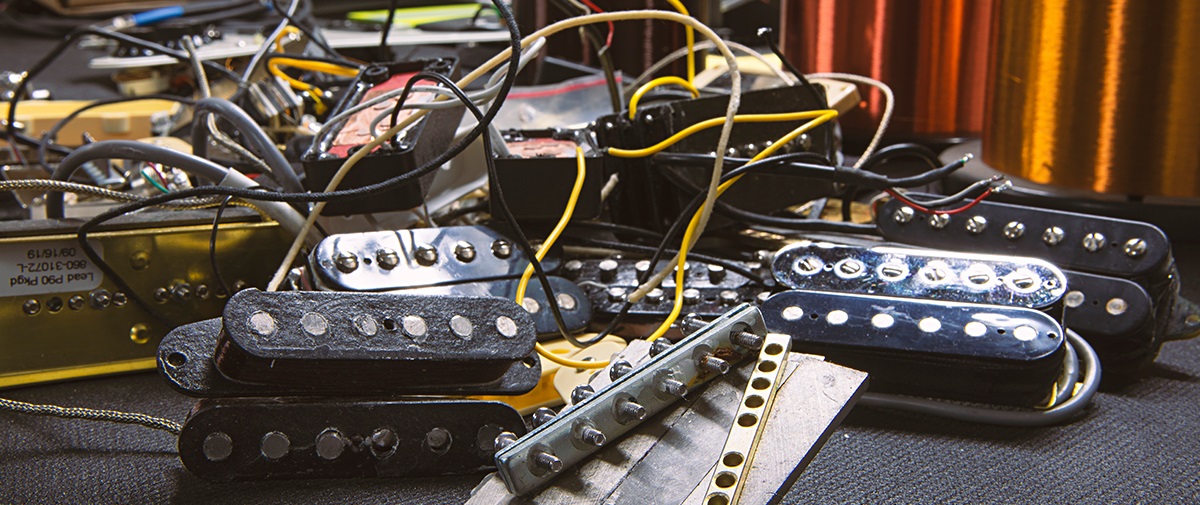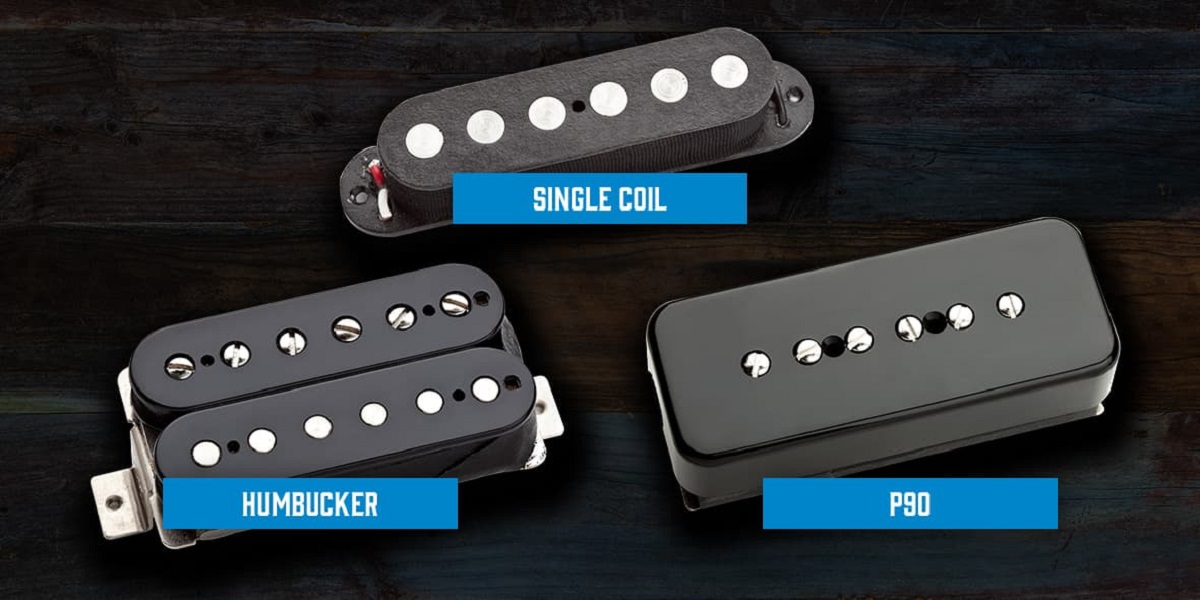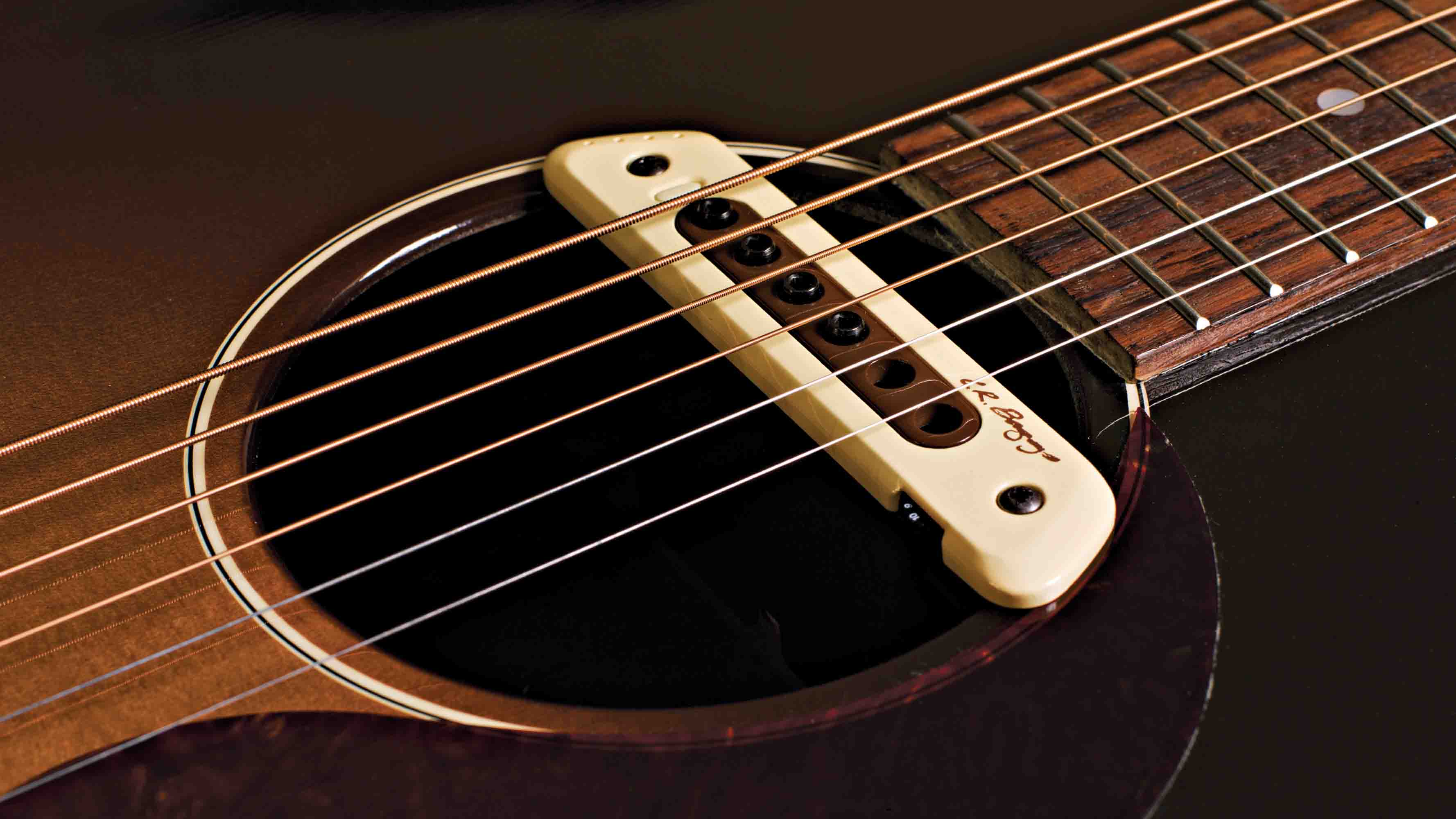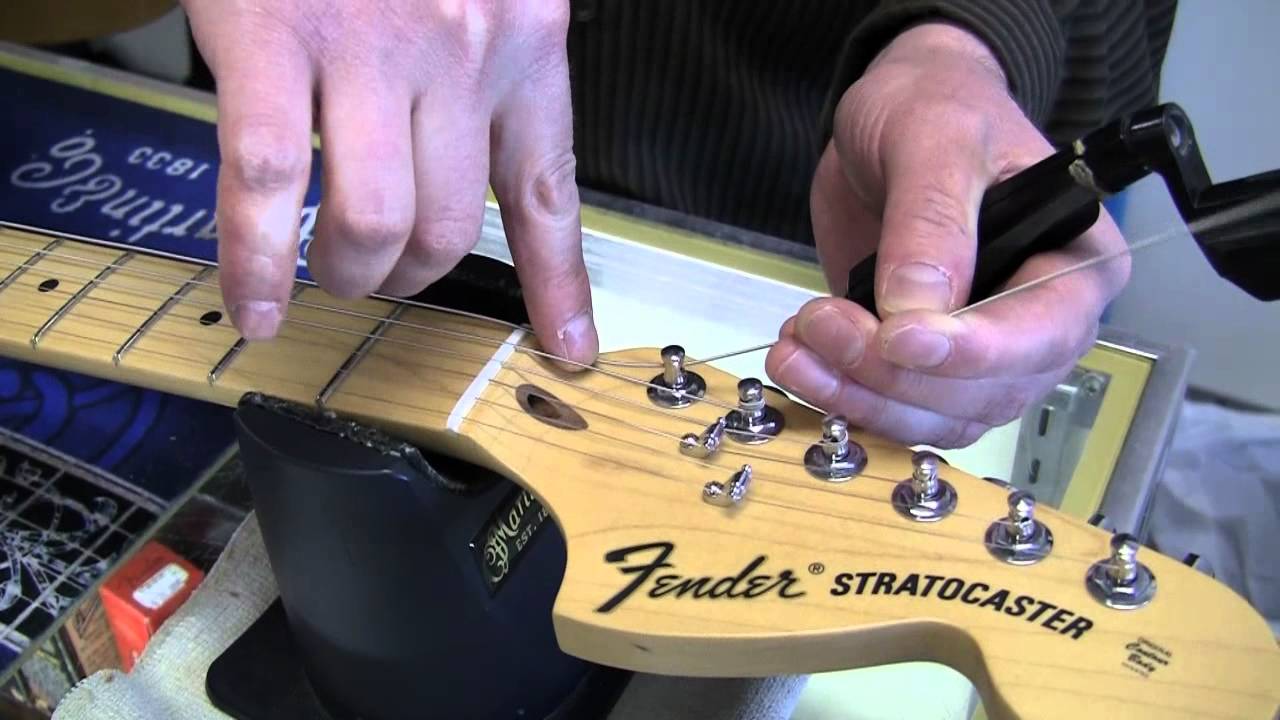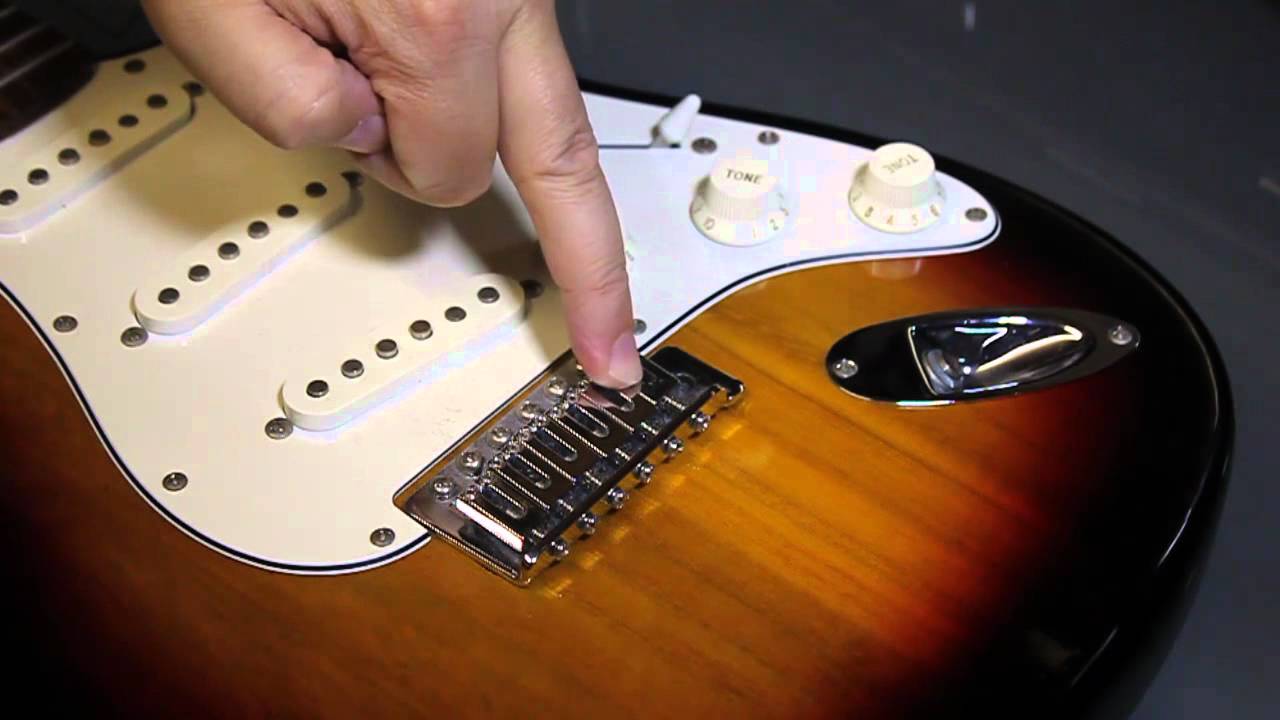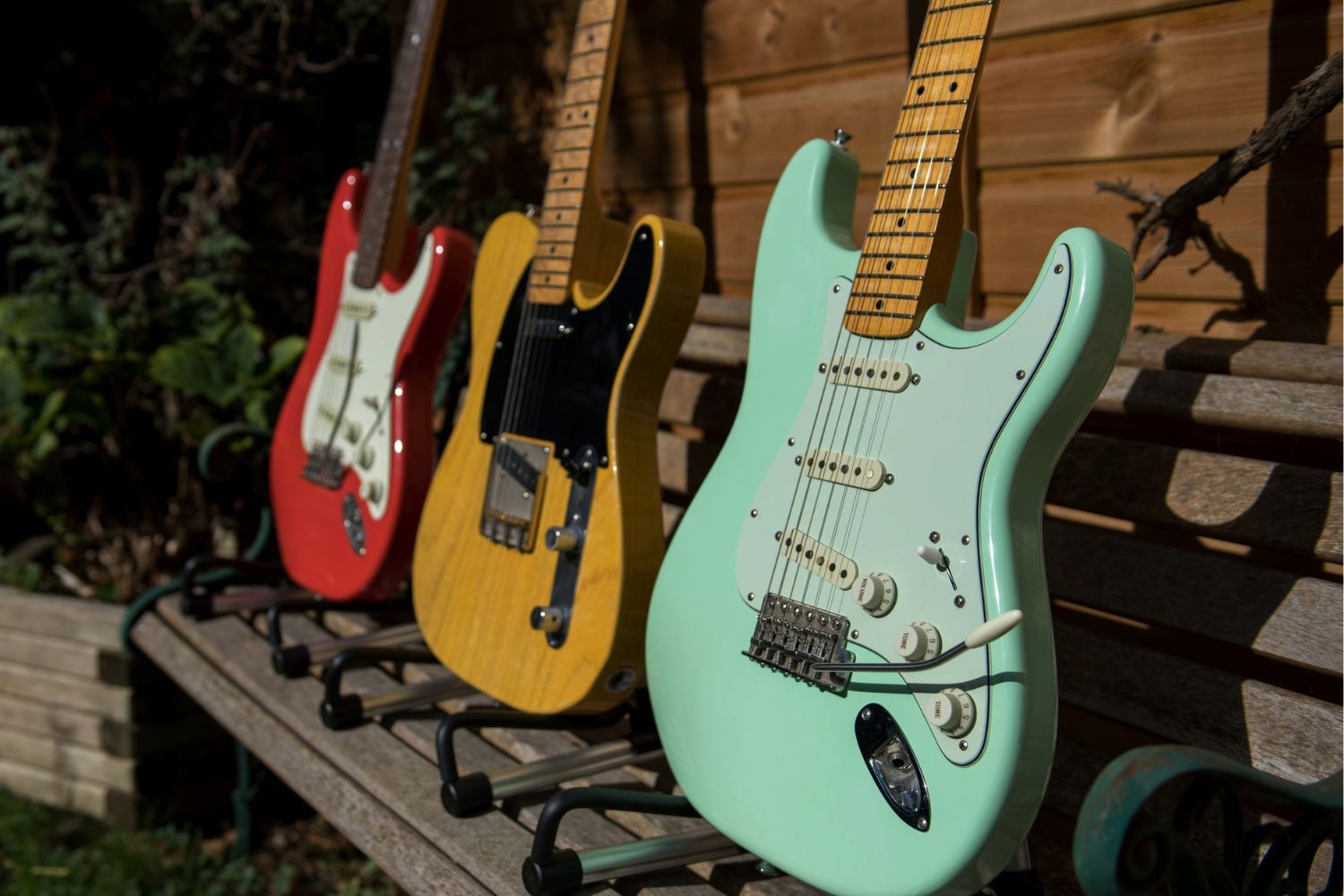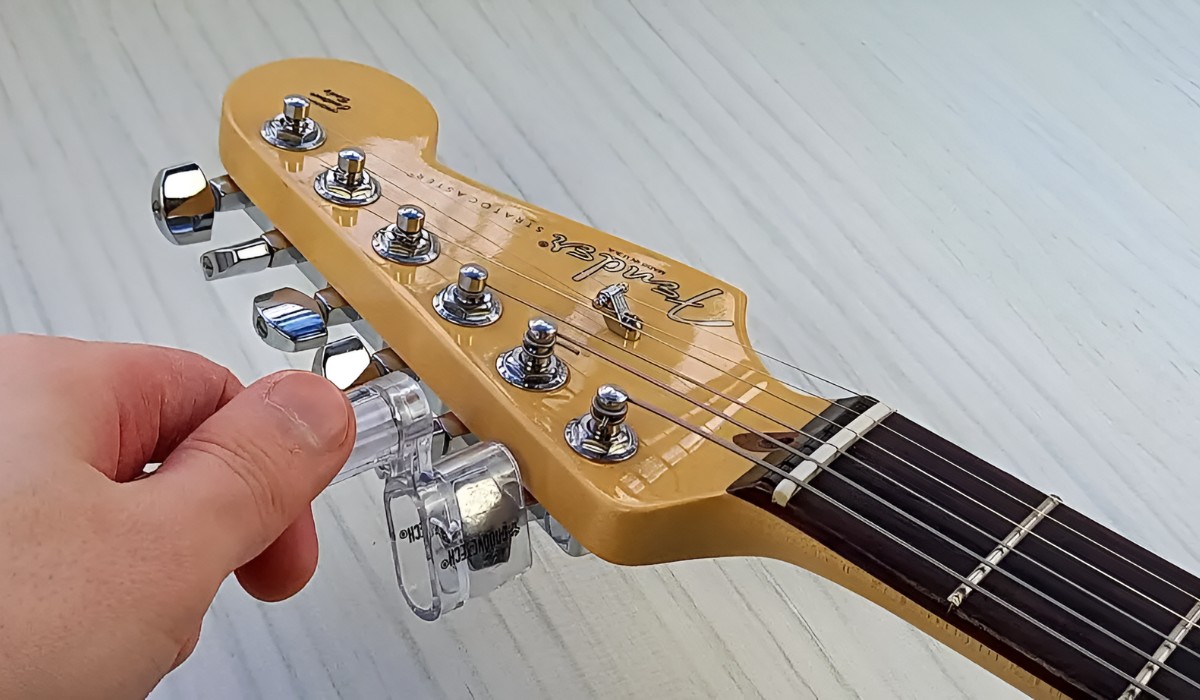Introduction
Electric guitars are not only versatile instruments but also intricate pieces of machinery. Every component plays a crucial role in dictating the overall performance and playability of the instrument. One such component that often goes unnoticed is the tuning keys. These small, seemingly insignificant gears have a significant impact on the guitar's tuning stability and ease of use.
The number of wraps around the tuning keys can greatly affect the tension and the angle at which the string exits the post, ultimately influencing the guitar's tuning stability and playability. While it may seem like a minor detail, the number of wraps can make a substantial difference in how well the guitar stays in tune, especially during heavy playing or extreme pitch changes.
Understanding the significance of the number of wraps around the tuning keys and how to determine the optimal amount is crucial for any guitarist looking to optimize their instrument's performance. In this article, we will delve into the reasons why the number of wraps matters, how to determine the ideal number of wraps, and the various factors to consider when making this decision. By the end, you will have a comprehensive understanding of this often overlooked aspect of electric guitar setup, empowering you to make informed decisions about your instrument's tuning stability and playability.
Why the Number of Wraps Matters
The number of wraps around the tuning keys of an electric guitar is a critical factor that directly impacts the instrument’s tuning stability and overall playability. Understanding why this seemingly minor detail matters can shed light on the importance of getting it right.
First and foremost, the number of wraps affects the break angle of the string as it passes over the nut and the bridge. A proper break angle is crucial for maintaining tuning stability and preventing string slippage. When there are too few wraps, the break angle may be insufficient, leading to tuning issues and potential string slippage during aggressive playing. On the other hand, too many wraps can create excessive tension and hinder smooth tuning adjustments.
Moreover, the number of wraps determines the amount of string in contact with the tuning post. Insufficient wraps can result in inadequate grip, causing the string to slip, while excessive wraps can lead to overlapping and uneven winding, potentially causing tuning instability and affecting the string’s vibrational characteristics.
Furthermore, the number of wraps influences the effective length of the string between the nut and the tuning post. This can affect the string’s response to bends and vibrato, as well as its overall feel and playability. Additionally, the number of wraps can impact the overall weight of the headstock, potentially affecting the instrument’s balance and resonance.
By understanding the impact of the number of wraps on tuning stability, playability, and overall performance, guitarists can appreciate the significance of this often overlooked aspect of instrument setup. The next section will explore how to determine the ideal number of wraps for optimal performance.
Determining the Number of Wraps
Determining the ideal number of wraps around the tuning keys of an electric guitar involves considering several factors to achieve optimal performance and playability. While there is no one-size-fits-all answer, understanding the key principles can guide guitarists in making informed decisions.
One approach to determining the number of wraps is to consider the gauge of the strings. Lighter gauge strings may require more wraps to ensure adequate tension and grip, while heavier gauge strings may require fewer wraps to avoid excessive tension and winding. Additionally, the scale length of the guitar and the type of tuning (standard, alternate, or drop tuning) can influence the optimal number of wraps.
Another crucial factor to consider is the type of tuning keys on the guitar. Different tuning key designs may require varying numbers of wraps to achieve optimal tension and stability. For example, vintage-style tuning keys with smaller posts may necessitate more wraps to ensure adequate grip, while modern locking tuners may require fewer wraps due to their enhanced clamping mechanisms.
Furthermore, the player’s playing style and the frequency of string bending and aggressive techniques should be taken into account. Guitarists who frequently employ heavy bends and aggressive playing may benefit from additional wraps to enhance tuning stability and prevent slippage, while those with a lighter touch may find that fewer wraps suffice.
Experimentation and careful observation of the string’s behavior during tuning and playing can also provide valuable insights into the optimal number of wraps for a specific guitar setup. Making incremental adjustments and noting the impact on tuning stability, string slippage, and playability can help fine-tune the number of wraps to suit the individual guitar and player.
By considering the string gauge, scale length, tuning type, tuning key design, playing style, and through hands-on experimentation, guitarists can determine the ideal number of wraps around the tuning keys to achieve optimal performance and playability.
Factors to Consider
When determining the number of wraps around the tuning keys of an electric guitar, several factors come into play, each influencing the instrument’s tuning stability, playability, and overall performance. Understanding and carefully considering these factors can lead to an optimized setup tailored to the guitarist’s preferences and playing style.
String gauge is a fundamental factor to consider. Lighter gauge strings typically require more wraps to ensure adequate tension and grip, while heavier gauge strings may require fewer wraps to avoid excessive tension and winding. The relationship between string gauge and the number of wraps directly impacts the string’s behavior during tuning and playing.
Scale length, the distance between the nut and the bridge, also plays a significant role in determining the optimal number of wraps. Longer scale lengths may require more wraps to achieve the desired tension and break angle, while shorter scale lengths may necessitate fewer wraps to avoid excessive winding and tension.
The type of tuning keys on the guitar is another crucial consideration. Different tuning key designs may require varying numbers of wraps to achieve optimal tension and stability. Vintage-style tuning keys with smaller posts may necessitate more wraps to ensure adequate grip, while modern locking tuners may require fewer wraps due to their enhanced clamping mechanisms.
Furthermore, the player’s individual playing style and techniques should not be overlooked. Guitarists who frequently employ aggressive playing, heavy bends, and extensive use of the whammy bar may benefit from additional wraps to enhance tuning stability and prevent string slippage. Conversely, those with a lighter touch and more subtle playing style may find that fewer wraps suffice.
It’s also essential to consider the type of music and the specific demands it places on the guitar’s tuning stability. For example, guitarists playing in drop tunings or utilizing alternate tunings may need to adjust the number of wraps to accommodate the altered tension and string behavior.
Ultimately, the optimal number of wraps around the tuning keys is a result of careful consideration of string gauge, scale length, tuning key design, playing style, and the musical context in which the guitar will be used. By taking these factors into account, guitarists can tailor their instrument’s setup to achieve the desired performance and playability.
Conclusion
Understanding the significance of the number of wraps around the tuning keys of an electric guitar is essential for achieving optimal tuning stability, playability, and overall performance. This often overlooked aspect of guitar setup can have a profound impact on the instrument’s behavior and the player’s experience.
By recognizing the influence of factors such as string gauge, scale length, tuning key design, playing style, and musical context, guitarists can make informed decisions about the ideal number of wraps for their specific setup. Experimentation and careful observation of the string’s behavior during tuning and playing are valuable tools for fine-tuning the number of wraps to achieve the desired performance.
Ultimately, the number of wraps around the tuning keys is a personalized and dynamic aspect of guitar setup, influenced by a multitude of factors that vary from one guitarist to another. By considering these factors and understanding their impact, guitarists can optimize their instrument’s performance to suit their individual preferences and playing style.
Whether it’s achieving enhanced tuning stability during aggressive playing, optimizing string response to bends and vibrato, or adapting to different musical contexts, the number of wraps around the tuning keys is a crucial element that warrants attention and consideration. By delving into this often overlooked aspect of guitar setup, guitarists can unlock the full potential of their instrument, ultimately enhancing their playing experience and musical expression.







